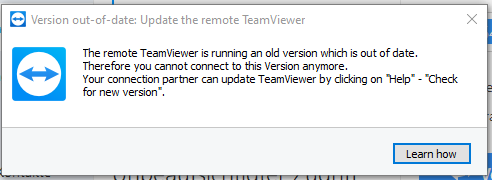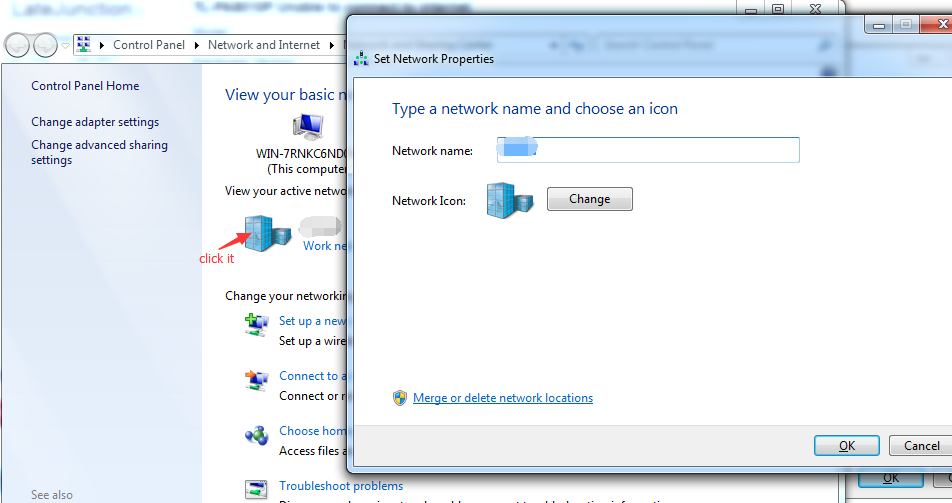
Verify that your source server can connect to the target one
#Rssowl unable to connec software
the machine where the software is installed allows using basic authentication for WinRM protocol.If your source environment is only able to access the target Exchange server and not the other machines in the target environment, you need to configure a connection to that Exchange Server via an IP address.If your source environment has a physical connection with an entire target environment (including its Domain Controllers and DNS servers), you can try configuring the source DNS server so that it has the necessary information to authenticate PowerShell connections.

To fix this, you can try one of the following solutions: It may be that your machine cannot resolve the FQDN or DNS name of the server to which you are connecting. The source server cannot properly authenticate with the target environment If the connection succeeds on that machine, you should consider moving your migration tool installation there.
#Rssowl unable to connec update
If necessary, update PowerShell to the latest available version for your operating system by following the steps from this Microsoft article.įurthermore, if have installed the software on a machine running one of previous iterations of Windows (including Windows 7, Windows Server 2008 R2, and older), it is a good idea to test the software on another machine connected to the source environment where a newer version of Windows operating system is installed. It is strongly recommended to run the latest version of PowerShell on both machines. If there is no output visible after running this command, it means that you are using PowerShell 1.0 and the update is necessary. To fix this and let your server configure all the necessary services, execute the following command in PowerShell: Enable-PSRemoting The target server is not accepting incoming PowerShell connectionsįreshly installed Exchange servers may not be configured to accept incoming PowerShell connections. You can also follow these instructions to simulate a remote PowerShell session to your server to exclude a possibility that this issue is caused by your CodeTwo software.


The most common causes for those errors include: The problem is usually related to an invalid or incomplete configuration of either the source or target environment. The connection error can be caused by many different reasons. Or The request for the Windows Remote Shell with Shell failed because the shell was not found on the server. You may encounter one of the following errors: Connecting to remote server failed with the following error message: The WinRM client cannot process the request.
#Rssowl unable to connec how to
How to fix problems related to remote PowerShell connectionsĭue to various PowerShell errors, you cannot configure a server connection to the target on-premises Exchange environment in your CodeTwo software.


 0 kommentar(er)
0 kommentar(er)
